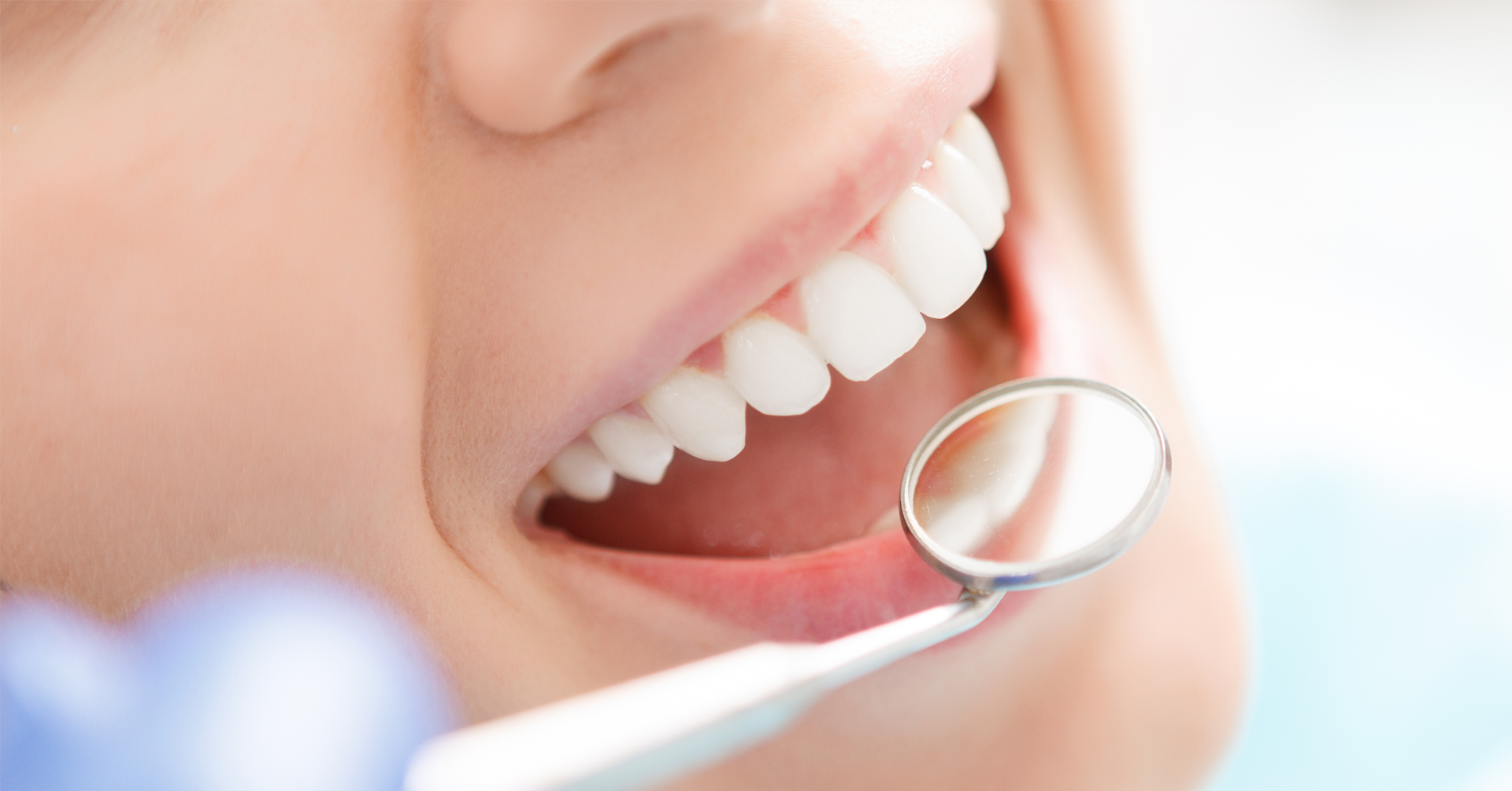We often ignore our teeth' health, mistaking them to be low-maintenance. However, it only comes to our attention when we have a toothache, cavities, yellow teeth, or sensitivity in our teeth. Well, it shouldn't be like that. A proper teeth care routine should be followed to avoid cavities and gum problems. You can also get your regular dental checkup by searching for a good dentist nearby, e.g., McKinney, tx dentist.
This blog elaborates on teeth problems and how to properly care for your teeth. So if you want to avoid cavities and gum problems, this blog is a good read.
Dentist’s Advice On How To Fight Against Cavity And Gum Problems:
Cavities are the darkened or brown development on the surface of your teeth. They make the teeth permanently damaged as active bacteria have taken over due to the improper care of your teeth, consumption of sugary beverages, or food of frequent snacking. A cavity occurs when the mouth bacteria turn the sugar into acid and decay your tooth, causing a hole in your teeth. It is common but harmful to our teeth and can occur at all ages. Yes, this means that getting thoroughly examined by trusted pediatric dentistry in McKinney is a must for the little ones as well!
Gum problems can occur when the cavity in your mouth starts attacking the gums, weakening them. Eventually, it loosens the teeth and can result in teeth extraction. Well, whatever may be the reason for teeth cavity and gum problems, there are a few ways to prevent it and treat it if it's already occurred.
How To Get Rid Of Plaque:
Brushing your teeth twice daily and flossing once daily should be practiced. It helps with keeping your teeth clean and the bacteria away and helps with the problem of bad breath.
Avoid Drinking Sugary Food & Beverages:
Consumption of colas and sweets harms your health, especially your teeth health. If you have a sweet tooth, limiting sugar content may help. If you can’t avoid sugar altogether, you can consume it with other food items during meals. It lessens the chances of plaque.
Drinking Water After Meals:
Water helps clean the remnants of food left in your mouth after meals. It helps clean the bacteria in your mouth and swallow the food particles stuck in your teeth. Drinking water is good for your physical health as well as your teeth health. So drink more water to keep your mouth and gut clean.
Use Toothpaste Made For Sensitive Teeth:
A significant part of teeth cleansing is using the right toothpaste. If you have sensitive teeth or aches in your teeth, then using toothpaste specially curated for sharp teeth is recommended. Toothpaste made for sensitive teeth has fluoride in it. Check the ingredients of your toothpaste and see whether it has fluoride. If not, purchase a better toothpaste that helps you keep your teeth clean and healthy.
Cavity may seem like a minor issue, but it is painful and can destroy your teeth to a great extent. Taking the above precautions is necessary to avoid tooth pain and cavities. However, if you already have plaque, it’s about time that you went to see whitening dentists in McKinney, TX.
How Does Brushing Help?
Brushing your teeth helps reduce the chances of plaque or gum diseases. Below are the five important reasons for brushing your teeth:
Brushing your teeth helps clean dirty teeth and remove leftover food from your teeth which causes decay.
It helps clean your mouth and keeps the bacteria away
It enables you to get rid of the bad breath
It helps prevent plaque and gum diseases
Poor oral health leads to dementia. Brushing teeth regularly helps prevent dementia.
Brushing your teeth twice a day is good for your oral health. Brushing in the morning as you wake up to kill the germs developed in your mouth overnight and then in the night before you sleep to avoid sleeping with the bits and pieces of your food left in your mouth after dinner.
When should you visit your dentist?
Visiting a dentist regularly is good for your teeth’ health. However, in case of a cavity, if you observe the below symptoms, do visit a dentist immediately.
If you are facing toothache or spontaneous ache, it is a sign of a cavity.
If you observe darkened teeth, it is an indication of a cavity.
If you have excess pain while chewing a food item, it is a symptom of cavities.
It increases teeth sensitivity by eating anything hot or cold.
Holes in your teeth.
If you observe the above signs, it is highly recommended to visit your nearest McKinney, tx dentist at the earliest. They can perform a root canal on the aching tooth to ease your pain and help you get relief from plaque.
Takeaway:
Oral health is equally important as physical health. It is a part of your body and should not be avoided. You should take the necessary precautions to prevent gum diseases and cavities. Strong oral health helps you fight against germs and makes your teeth healthier and stronger. Visiting a dentist for regular checkups should also be considered. You can find a good dentist by searching for a dentist in your location for eg: McKinney dentist. Hope this blog helps you learn about teeth health and how to prevent and fight cavities and gum diseases so that you can take good care of your teeth.




